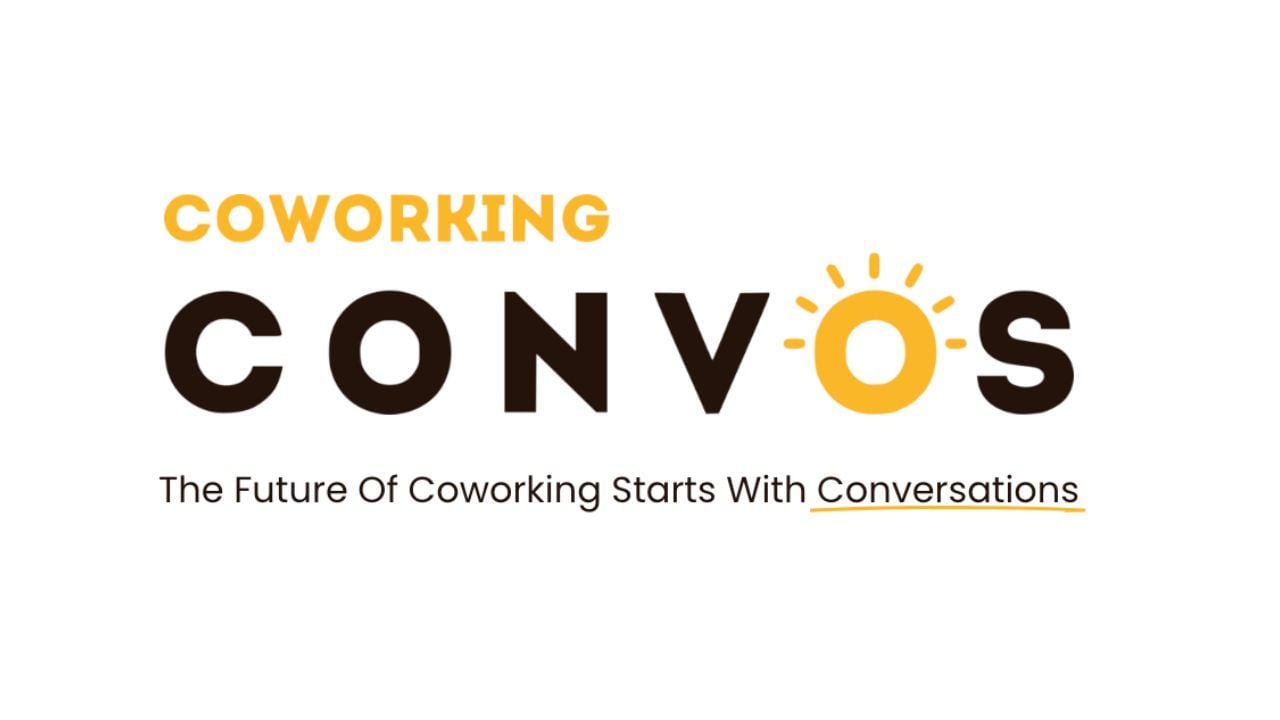Although most can concede that the office will never look the way it did pre-pandemic, how it will look is a different story altogether.
While many businesses are pivoting away from the once-progressive open office layout, others are avoiding returning to the office completely and embracing distributed workforces.
It’s true that there is no one-size-fits-all approach for all industries, but there are still a few features of the future workplace that all industries can share.
For instance, creating inclusive design has long been seen as an ideal trait for any company to have. This means incorporating traits that support employees from various backgrounds.
Inclusive design can mean having nursing rooms for mothers, ramps instead of stairs, wider hallways and softer lighting, so as to not trigger someone who may be sensitive to harsh lights.
Another concept for the workplace that can be applied to most industries is a safe work environment, which could actually be a revamped version of the open office plan. Originally, this layout was used to cut costs and encourage collaboration, but due to its close-quarters environment and the pandemic, employees are wary of entering an open office space.
However, this can be modified to be both safe and innovative. For instance, Google is redesigning 10% of its global workspaces to include inflatable balloon walls that can quickly divide spaces, plexiglass dividers, increasing desk distance and improving air ventilation systems.

 Dr. Gleb Tsipursky – The Office Whisperer
Dr. Gleb Tsipursky – The Office Whisperer Cat Johnson – Coworking Marketing Maven
Cat Johnson – Coworking Marketing Maven Angela Howard – Culture Expert
Angela Howard – Culture Expert Drew Jones – Design & Innovation
Drew Jones – Design & Innovation Andrea Pirrotti-Dranchak – Competitive Advantage
Andrea Pirrotti-Dranchak – Competitive Advantage Jonathan Price – CRE & Flex Expert
Jonathan Price – CRE & Flex Expert Jeremy Fennema – Tech Innovation Alchemist
Jeremy Fennema – Tech Innovation Alchemist












